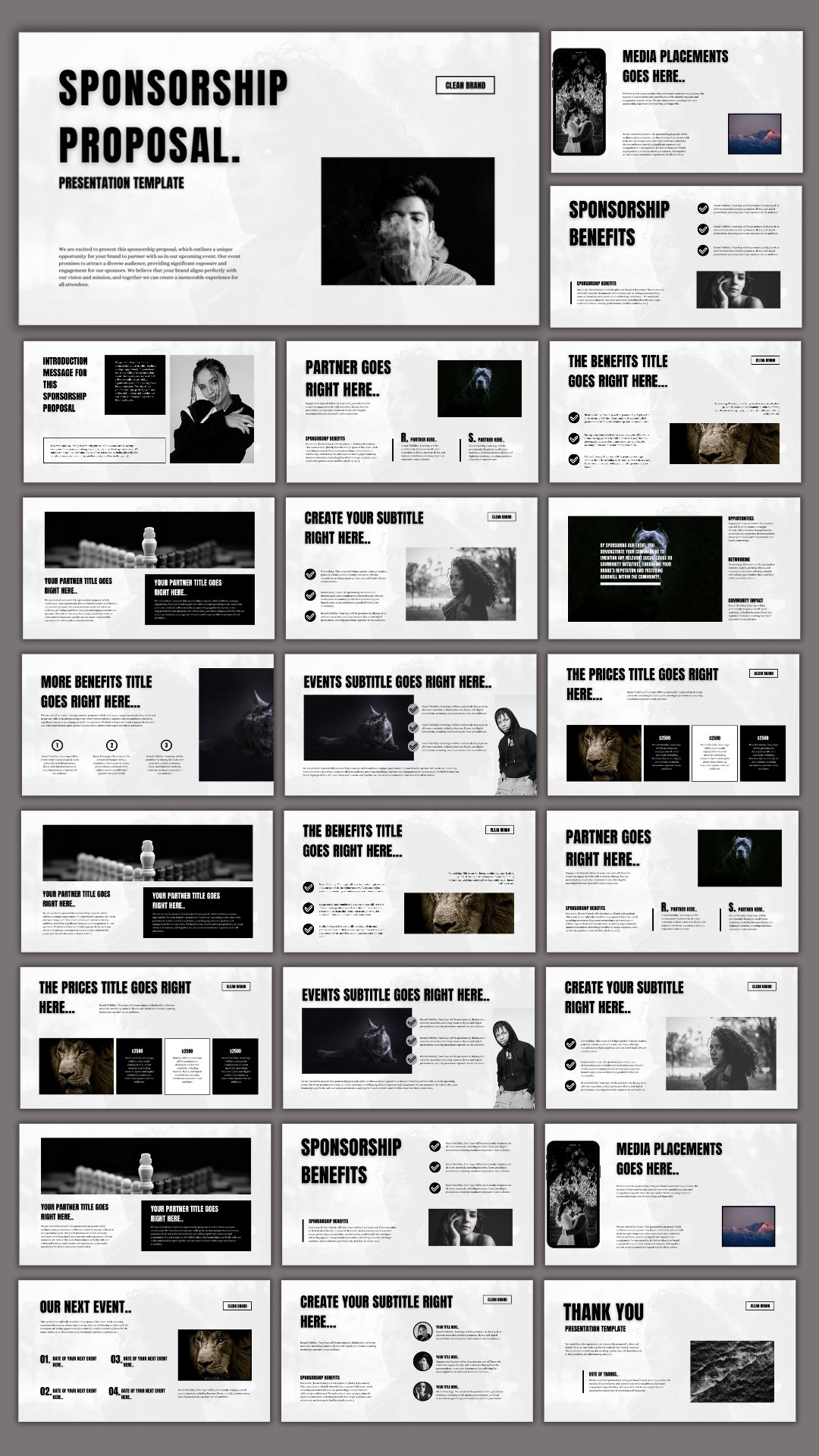
Writing a business proposal is a critical skill for entrepreneurs and professionals looking to secure funding, partnerships, or clients. A well-crafted proposal can set you apart from the competition and clearly communicate your ideas and value. Here’s a detailed guide on how to write an effective business proposal.

1. Understand the Purpose of the Proposal: Before you start writing, it’s essential to understand the purpose of your proposal. Are you seeking funding, pitching a project, or offering services? Knowing your objective will help shape the content and tone of your proposal.

2. Research Your Audience: Tailor your proposal to the specific audience you are addressing. Understand their needs, preferences, and any potential concerns. This knowledge will allow you to present your proposal in a way that resonates with them and addresses their interests.
3. Outline the Structure: A typical business proposal consists of several key components:

– Title Page: Include the title of the proposal, your name, your company name, and the date.
– Table of Contents: This helps the reader navigate your document easily.
– Executive Summary: Provide a brief overview of your proposal, highlighting the main points and the benefits of your proposal.
– Problem Statement: Clearly define the problem or need that your proposal addresses. This section should explain why your proposal is necessary.

– Proposed Solution: Describe your solution in detail. Explain how it addresses the problem and the benefits it offers. Include any relevant data or research to support your claims.
– Implementation Plan: Outline how you plan to execute your proposal. Include timelines, milestones, and any resources needed.
– Budget: Provide a detailed budget that outlines the costs associated with your proposal. Be transparent about expenses and justify them with clear reasoning.
– Conclusion: Summarize the key points of your proposal and restate the benefits of your solution. Encourage the reader to take action, whether it’s scheduling a meeting or approving your proposal.

4. Crafting the Executive Summary: The executive summary is one of the most critical sections of your proposal. It should be concise yet compelling, summarizing the key points of your proposal in a way that grabs the reader’s attention. Aim to keep it to one page, highlighting your solution and its benefits.

5. Writing the Problem Statement: In this section, clearly articulate the problem your proposal addresses. Use data and examples to illustrate the significance of the issue. Make sure to connect emotionally with your audience, helping them understand why this problem matters.

6. Detailing Your Proposed Solution: This is where you present your solution. Be thorough and specific. Explain how your solution works, the benefits it provides, and why it is superior to other options. Use visuals, such as charts or graphs, to enhance understanding and engagement.

7. Creating an Implementation Plan: Outline the steps you will take to implement your solution. Include timelines, key milestones, and who will be responsible for each task. This section demonstrates your organization and ability to execute the proposal.

8. Budgeting: Be transparent about costs. Provide a detailed budget that includes all expenses related to your proposal. Justify each cost, explaining why it is necessary. This builds trust and shows that you are responsible with financial resources.

9. Polishing Your Proposal: After drafting your proposal, take the time to revise and edit. Check for clarity, coherence, and conciseness. Ensure that your proposal is free of errors and flows logically. Consider asking a colleague to review it for feedback.
10. Formatting and Presentation: A well-formatted proposal is easier to read and looks more professional. Use headings, bullet points, and visuals to break up text and emphasize key points. Make sure your proposal is visually appealing, as first impressions matter.

11. Follow-Up: After submitting your proposal, follow up with the recipient. This shows your enthusiasm and commitment. Be prepared to discuss your proposal further and answer any questions they may have.

12. Learning from Feedback: Whether your proposal is accepted or rejected, seek feedback. Understanding what worked and what didn’t can help you improve future proposals.
In conclusion, writing a business proposal requires careful planning, research, and attention to detail. By following these steps, you can create a compelling proposal that effectively communicates your ideas and persuades your audience.

Remember that practice makes perfect, so continually refine your skills and learn from each experience. A well-crafted proposal can open doors to new opportunities and help you achieve your business goals.






Leave a Reply